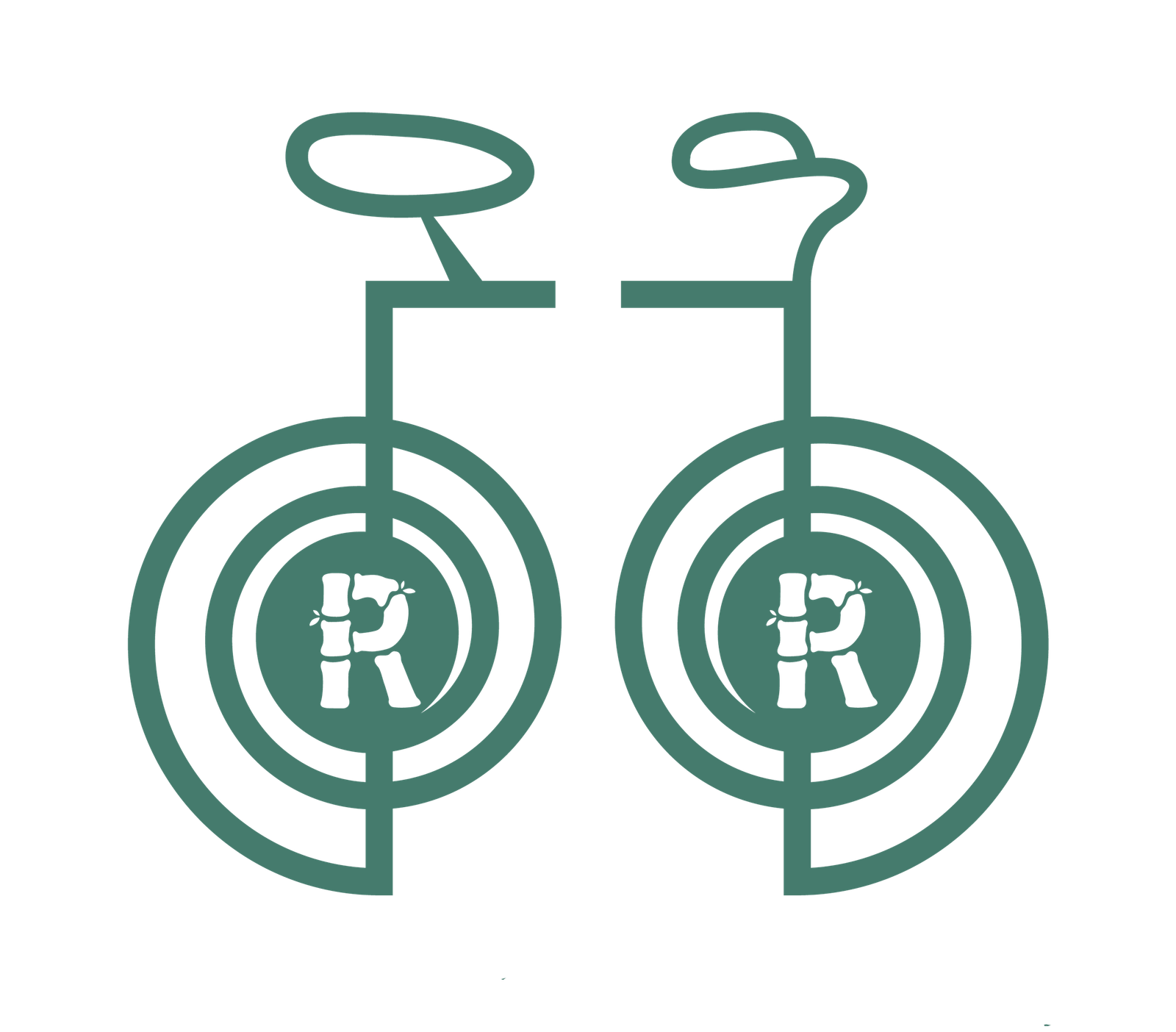Exploring Bicycle Brake Options: Finding What Feels Right for Your Ride
When it comes to cycling, brakes are an essential part of your bike, influencing how smoothly and safely you navigate roads, trails, and urban landscapes. With so many types of brakes available, each offering a distinct feel and performance, understanding your options can open up a new level of comfort and control for every ride. Let’s take a look at the variety of brake systems you might encounter, along with the unique qualities that make each one stand out.
Rim Brakes: Simple and Classic
Rim brakes are one of the most common types of brakes and work by applying friction directly to the wheel’s rim. They’re popular for road and hybrid bikes due to their lightweight build and ease of use. There are two main types:
Caliper Brakes: Typically seen on road bikes, these brakes are compact, which keeps the bike’s frame light. They offer straightforward braking power, ideal for city rides or lighter cycling.
Cantilever Brakes: With arms that provide a bit more clearance around the wheel, cantilever brakes are often found on bikes designed for rougher terrain, like touring or cyclocross bikes. The extra space can come in handy for cyclists who expect some mud or trail adventures.
Rim brakes bring a familiar feel and are an option worth exploring if you prefer a lightweight setup for smooth, flat surfaces.
Disc Brakes: Consistency in All Conditions
Disc brakes offer a different style of braking by clamping onto a rotor attached to the wheel hub instead of the rim. Known for their strength and reliability, disc brakes are especially popular on mountain bikes and are gaining traction with road cyclists too. There are two variations:
Hydraulic Disc Brakes: These use fluid to transfer force, resulting in smooth and responsive braking. Many cyclists find they require less effort to stop, which can be helpful for long or hilly rides.
Mechanical Disc Brakes: Operated by a cable, these brakes give a strong response but may require periodic adjustment. They can be a durable, lower-maintenance option for riders who prefer a more hands-on approach to bike care.
The beauty of disc brakes lies in their performance on mixed terrain and during wet or steep rides. Trying out a bike with disc brakes can offer insight into their steady feel, especially for riders who like exploring varied landscapes.
Drum Brakes: A Low-Maintenance Option
Drum brakes offer a dependable option, especially for bikes that are used regularly in city commuting or utility contexts. These brakes are contained within the wheel hub, providing weather-resistant performance. Since drum brakes are less affected by rain or dirt, they are often found on city bikes, where reliability and ease of care are valued over lighter weight or advanced power.
For cyclists looking for an option that stays consistent without much upkeep, drum brakes can be an interesting choice to explore, especially if your rides are more urban and less technical.
V-Brakes: Strong and Straightforward
V-brakes are a type of rim brake that’s particularly strong, often used on mountain bikes and hybrids. They have a straightforward design, and their solid stopping power can be especially useful on rougher surfaces. V-brakes are commonly found on bikes built for trail and utility riding due to their durability and ease of maintenance.
If you’re exploring bikes for rugged paths or daily commutes, trying out a V-brake-equipped bike may offer a good balance between stopping strength and simplicity.
Coaster Brakes: Laid-Back Simplicity
Coaster brakes are unique in that they require you to pedal backward to stop. Found on classic and cruiser bikes, coaster brakes don’t need any brake levers, adding to a relaxed, easy-going experience. They’re a common choice on kids’ bikes and for those who enjoy a simple, carefree ride.
While they don’t offer the precise control of other brake types, coaster brakes bring a playful, minimalistic option for gentle rides on flat terrain. This style of braking could be ideal if you’re interested in a simple, hands-free way to ease into stops.
Fixed-Gear (Fixie) Braking: Embracing Simplicity
Fixed-gear, or “fixie,” bikes are celebrated for their simplicity and direct connection between the rider and the road. With no freewheel, the pedals and wheels move as one, allowing you to control speed simply by adjusting your pedal motion. This minimalist braking approach is all about being in tune with your ride and offers a truly unique cycling experience.
Our bamboo fixie bikes capture this simplicity beautifully. Explore our bamboo fixie collection to find a ride that merges sustainability with the elegance of a classic fixie style, giving you that seamless feel on the road while reflecting your eco-conscious choice.
Discovering the Brakes That Suit Your Style
With so many brake options available, the best choice is the one that aligns with your cycling goals and style. Each type – from the precision of disc brakes to the simplicity of coaster brakes – offers a unique way to experience the ride, letting you fine-tune your bike to what feels best for you. Taking time to try different systems can help you find that ideal balance of control and comfort.
